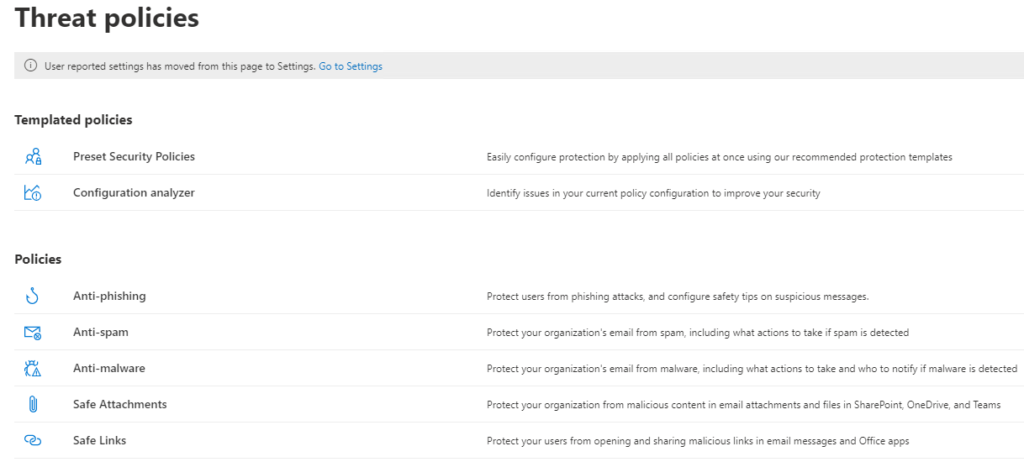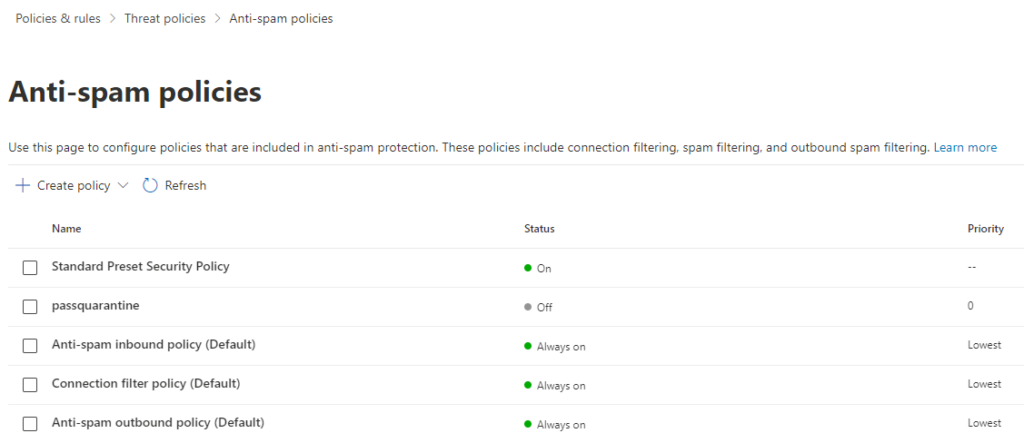To confirm whether Push notifications are working for end-users, Duo administrators can send a test push from the Duo Admin Panel User properties page.
“Fetch” a Duo Push request: If you expected to receive an authentication request and one hasn’t shown up in Duo Mobile, try leaving and returning to the app, as this can “fetch” the notification. Closing or force quitting the app and reopening it will also fetch the notification. You may also try swiping down from the top of the screen to check the notification center to see if the push was delivered silently due to skipping notification permissions when you set up the app.
Check your connection: Further, you should verify that you are connected to a reliable WiFi or cellular connection, as a weak connection can delay a push or can cause you to not receive a push. Note that personal hotspots use a cellular connection. On iOS devices, notifications are sent from the Apple Push Notification service (APNs) to the registered device over mobile data or WiFi networks and are not associated with the phone number of the device.
Also, if you are accessing an application you haven’t used in a while, try opening the Duo Mobile app and then send another push request.
If you see a push after leaving and returning to the app:
If you are able to fetch an authentication successfully but still don’t receive push notifications, or if you see a message in Duo Mobile that says “Please open Duo Mobile and check for Duo Push requests manually”, here are the likely potential reasons for the issue:
1. Notifications not enabled
If you can approve a request by manually leaving and returning to the app and tapping the Approve button in the Duo Mobile app, but no push notifications are received, it is most likely because you selected not to receive notifications when installing the application. The following process will also resolve a bug in iOS 10 that may require push notifications to be toggled off and back on for applications.
The first time a push-enabled app registers for push notifications, iOS asks if you want to receive notifications for that app. Once you select an option, the option is not presented again unless the device is restored or the app has been uninstalled for at least a day.
To check if push notifications are enabled for Duo Mobile and re-enable them if needed, follow these steps:
- On the iPhone, open Settings.
- Scroll down and select Duo Mobile.
- Select Notifications.
- If the “Allow Notifications” option is already selected, deselect it and select it again. If it was not yet selected, select it. Verify that all other notification options are configured how you want them.
- Fully close Duo Mobile by either swiping up on the screen or double-tapping the home button and then swiping up on the screen depending on your device model.
- Open Duo Mobile again.
2. Issues with Apple Push Notification Service (APNs)
Another reason push notifications may not be working is due to an issue connecting to Apple Push Notification Service (APNs). In their support articles Use notifications on your iPhone, iPad, and iPod touch and If your Apple devices aren’t getting Apple push notifications, Apple suggests disabling cellular data and testing pushes. This would help narrow down whether the carrier is having an issue with the APNs and finding the phone.
A weak connection can result in a delayed push, or not receiving a push at all.
- You can force WiFi to test whether the issue is related to cellular data: Navigate to Settings > Cellular > Cellular Data Off, then connect to WiFi and attempt another authentication. Note: Personal HotSpots use cellular data.
- You can force cellular to test whether the issue is related to your WiFi connection. Navigate to Settings > Wi-Fi and disable your WiFi connection. Navigate to Settings > Cellular to enable cellular data, then attempt another authentication.
Your wireless network must also allow the following ports for proper communication with Apple’s servers:
- TCP port 5223 (used by devices to communicate to the APNs servers)
- TCP port 2195 (used to send notifications to the APNs)
- TCP port 2196 (used by the APNs feedback service)
- TCP port 2197 (used to send notifications to the APNs)
- TCP port 443 (used as a fallback on Wi-fi only, when devices are unable to communicate to APNs on port 5223)
3. Issues caused by Wi-Fi Assist and VPN usage
The Wi-Fi Assist feature, which is enabled by default and will automatically switch to cellular data when you have a poor Wi-Fi connection, can cause Duo Push issues if you are using a VPN on your iOS device. If you use a VPN on your device and get connection errors from Duo Mobile, you can disable Wi-Fi assist by doing the following:
Navigate to Settings > Cellular or Settings > Mobile Data. Then scroll down and tap the slider for Wi-Fi Assist.
If you don’t see a push after leaving and returning to the app:
This occurs because something has happened on the device that has caused the Duo account to be unlinked from our servers.
- Make sure the system time is set automatically and that the timezone is correct on the phone via Settings > General > Date & Time.
- If the previous suggestion didn’t appear to help, next we recommend reactivating the affected Duo Mobile account. Here’s how to do that:
- If you are an end-user:
- Reference this guide to reactivate your Duo account via the self-service portal.
- If you don’t have access to the self-service portal, please contact your IT help desk for assistance.
- If you are an administrator:
- If you are an end-user:
Other installed applications on iOS:
We’ve received reports from customers that when PIA-VPN is installed on an iOS device, the device is unable to receive push notifications over WiFi. If you have PIA-VPN installed and need to use Push for authentications over WiFi, F-Secure Freedome is an alternative that has been confirmed to work with Push notifications regardless of cellular network settings.
For help with Push issues on Apple Watch, see How do I troubleshoot Duo Push delivery issues on Apple Watch?
Additional Troubleshooting
If none of the above steps resolve your issue, and you receive an error message, please include all of the following information in an email to support@duosecurity.com:
- The error message text.
- A description of what happened right before the message appeared.
- Debug information available via this process:
- Open Duo Mobile.
- Selectthe Menu button in the top left.
- Select Settings.
- Select Share Debug Info.
- Select Copy.
- Paste the copied text in the email.
Duo Push & Third-Party Accounts:
Please note that Duo Push is not supported for third-party accounts (e.g. Amazon, Instagram, Facebook, Slack, Dropbox, etc.). Third-party accounts require the use of Duo Mobile passcodes as a second factor when logging in. Learn more about third-party accounts in our end-user guide and in this Knowledge Base article.















